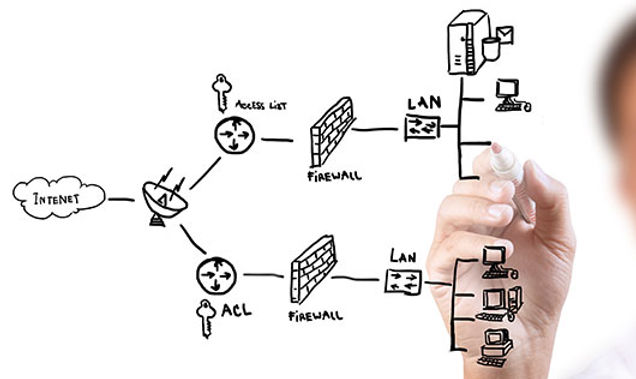- BTI Group
- Security Articles
- 4 min read
Implementing Ongoing IT Risk Management Assessments as a Standard Practice
The Basics of Cybersecurity Risk Assessments
A Cybersecurity risk assessment is the practice of understanding, managing, controlling, and mitigating cybersecurity threats that could damage your business infrastructure.
The National Institute of Standards and Technology (NIST) has outlined in its Cybersecurity Framework (CSF) the significance of conducting risk assessments for cybersecurity. Essentially, these assessments aim to identify, estimate, and prioritize threats to various facets of an organization – its operations, assets, individuals, related organizations, and ultimately, the nation – arising from the use and operation of information systems.
What’s The Main Goal of a Cybersecurity Risk Management Plan?
The goal of a cybersecurity risk assessment is to help decision-makers avoid prevalent and imminent risks. A good assessment must answer the following questions:
- What are your business’ key IT assets?
- What type of data breach would have a major impact on your business?
- What are the relevant threats to your business and its sources?
- What are the internal and external security vulnerabilities?
- What would be the impact if any of the vulnerabilities were exploited?
- What is the probability of a vulnerability being exploited?
- What cyberattacks or security threats could impact your business’s ability to function?
Answering these questions will allow you to keep track of potential cybersecurity threats and eliminate them before disaster strikes. Having the answer to these questions at the tip of your fingertips will allow you to make better key business decisions.
Why Should an On-going IT Risk Management Become a Recurring Practice?
What’s The Main Blocker That Organizations Face When Trying to Conduct Regular IT Risk Management Assessments?






